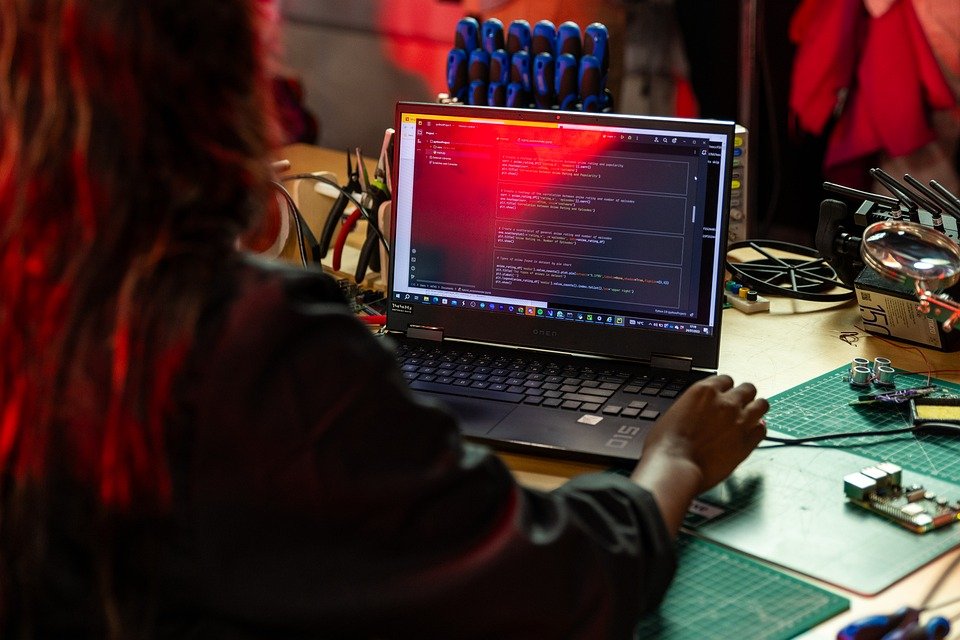Virtual reality (VR) technology has been rapidly evolving over the past few years, and its potential for revolutionizing various industries is becoming more apparent. From entertainment and gaming to healthcare, education, and manufacturing, VR has the power to transform the way we experience the world around us. As we continue to unlock the potential of this innovative technology, we are entering a new frontier of possibilities.
One of the key benefits of VR is its ability to create immersive, realistic experiences that can transport users to different worlds and environments. This has opened up new opportunities for entertainment companies to create interactive and engaging content that goes beyond traditional forms of media. VR gaming, for example, allows players to fully immerse themselves in the game world, creating a more intense and engaging experience.
In the healthcare industry, VR has shown great promise in areas such as therapy, rehabilitation, and medical training. Virtual reality simulations can help patients manage pain, anxiety, and phobias, as well as improve motor skills and cognitive function. Medical professionals can also use VR to practice surgical procedures in a safe and controlled environment, reducing the risk of errors during real surgeries.
In the field of education, VR technology has the potential to revolutionize the way students learn and engage with content. Virtual reality can transport students to historical events, exotic locations, or even microscopic worlds, allowing them to explore and learn in a hands-on and interactive way. This can help increase retention rates, as students are more likely to remember information that they have experienced firsthand in VR.
In manufacturing and design, VR can streamline the prototyping process and help designers visualize and test products in a virtual environment before investing in physical prototypes. This can save time and money, as well as improve the overall quality of the final product. VR simulations can also be used to train employees on complex machinery and equipment, reducing the risk of accidents and injuries on the job.
As we continue to unlock the potential of VR, the possibilities for innovation and creativity are endless. From creating virtual worlds and experiences that were once thought impossible, to revolutionizing how we learn, work, and interact with the world around us, virtual reality is poised to reshape the way we experience and engage with technology. It is clear that VR is the next frontier in innovation, and as we continue to push the boundaries of what is possible, the potential for new and exciting applications is virtually limitless.




